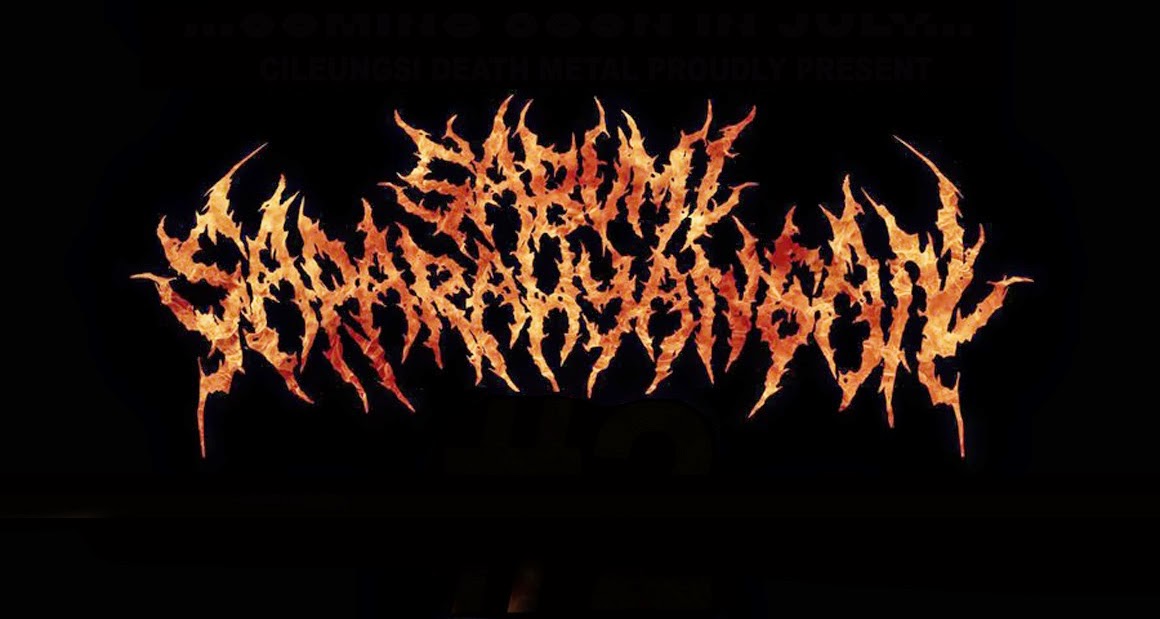A history of death metal

Cannibal Corpse headbanging live in Chicago, 2009 © Gene Ambo ./Retna Ltd./Corbis
Metal
wouldn't be metal without its over-the-top tendencies, and it's this
ferocious desire to push the boundaries that's seen it evolve from a
hard-edged offshoot of '60s rock into scores of subgenres.
Death metal is only one of them, but you could write an entire book on
its evolution (indeed, there is one: Albert Mudrian's Choosing Death),
so what follows is a rapid-fire history that's as brutal and
to-the-point as a BC Rich to the bonce.
Death metal
Death metal adalah sebuah sub-genre dari musik heavy metal yang berkembang dari thrash metal pada awal 1980-an. [1] Beberapa ciri khasnya adalah lirik lagu yang bertemakan kekerasan atau kematian, ritme gitar rendah (downtuned rhythm guitars), perkusi yang cepat, dan intensitas dinamis. Vokal biasanya dinyanyikan dengan gerutuan (death grunt) , geraman garau (guttural growl) atau geraman maut (death growl). Teknik menyanyi seperti ini juga sering disebut "Cookie Monster vocals".
Beberapa pelopor genre ini adalah Venom dengan albumnya Welcome to Hell (1981) dan Death dengan albumnya Scream Bloody Gore (1987). Death metal kemudian dikembangkan lebih lanjut oleh band-band seperti Cannibal Corpse, Morbid Angel, Entombed, God Macabre, Carnage, dan Grave.
Kemudian era 2000'an, Death Metal berkembang sangat pesat. Banyak
band-band jebolan aliran death metal menjadi pembaharu dalam musik
metal. Band-band tersebut antara lain Inhuman Dissiliency, Disavowed, Viraemia, Hiroshima Will Burn, Amon Amarth, Inveracity, The Berzeker, Dying Fetus, Necrophagist, Condemned, dan masih banyak lagi.
Subscribe to:
Posts (Atom)


